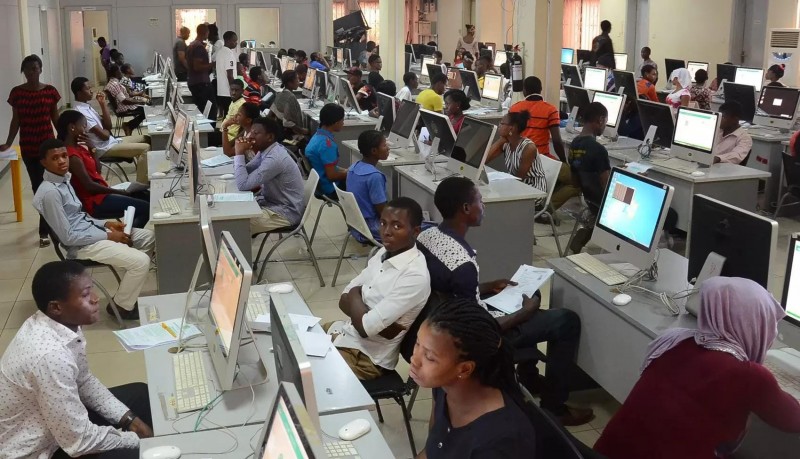India's Urban Air Travel Dilemma Deepens as Patna Airport Struggles with Geography, Growth, and Neglect
Sunday, June 22, 2025

A recent air tragedy in Ahmedabad has reignited intense concern over the safety of operations at Patna’s Jayprakash Narayan International Airport, one of India’s most constrained and high-risk aviation hubs. Perched precariously in the heart of a densely populated urban setting, the airport continues to operate under conditions many aviation experts deem among the most difficult in the country.
Hemmed in on all sides by natural and man-made barriers, Patna’s airport is a textbook example of urban encroachment limiting aviation safety. To the east lies the sprawling Sanjay Gandhi Biological Park, a protected wildlife reserve teeming with biodiversity. To the west runs the bustling railway corridor of Phulwarisharif. Add to this a maze of high-rise buildings, overhead electrical wires, and obstructions like a towering colonial-era clock tower, and it becomes clear why pilots describe operating here as flying “on a razor’s edge.”
Yet this complex aviation challenge remains critical for the state of Bihar. Patna serves as a vital air gateway for millions, functioning as the primary civilian airport for the region. However, despite numerous discussions, official reports, and inspections over the years, the core issues around safety and infrastructure remain unresolved. The Ahmedabad crash has simply brought these long-standing concerns back into the national spotlight.
Patna’s single runway is among the shortest for any major Indian city, leaving pilots with little room for error during take-off or landing. The airport’s elevation, atmospheric density, and seasonal weather variability further amplify the risks. During monsoon months, visibility drops dramatically, while in summer, the scorching heat creates thermal disturbances that can alter aircraft performance.
There have been numerous close calls in recent years, each underscoring the need for urgent structural interventions. The absence of a longer runway means that many larger aircraft must operate under strict payload restrictions. In essence, airlines are forced to limit passenger numbers or reduce cargo load to ensure safe operations, a compromise that affects efficiency and profitability.
The location of the airport, nestled within the urban sprawl of Patna, creates a claustrophobic environment for flight operations. Tall trees from the adjacent zoo not only threaten physical clearance but attract birds, increasing the risk of bird strikes. Simultaneously, urban festivities like wedding celebrations often unleash a barrage of laser lights and firecrackers into the night sky, creating unpredictable visual disturbances for pilots navigating the tight approach paths.
Adding to the risk matrix are high-voltage electrical transmission lines, poorly marked rooftop structures, and an erratic urban power grid that sometimes leads to sudden runway lighting failures. While these may seem like isolated problems, together they paint a grim picture of an airport that is perpetually under siege from its surroundings.
The question of runway expansion at Patna has lingered for over a decade. A proposal to extend the existing runway into the neighboring area has encountered stiff resistance from environmental groups and urban planners. The proximity of the zoo and residential areas has made land acquisition contentious and politically sensitive.
Most recently, in the aftermath of the Ahmedabad crash, officials from the Airports Authority of India (AAI) and local district authorities conducted yet another inspection to explore the feasibility of runway extension. But without clear political will, financial commitment, and consensus on environmental impact, these site visits risk becoming symbolic gestures rather than substantive steps.
As Bihar’s economy grows and its diaspora continues to fly in from metros and overseas destinations, the pressure on Patna’s airport is mounting. Passenger traffic has surged, and so has the number of flights. However, infrastructure upgrades have lagged far behind this growth.
Airlines are frequently forced to cancel or delay flights due to poor weather, runway congestion, or safety concerns. As the number of aircraft movements continues to rise, the operational envelope is tightening dangerously. The situation is exacerbated by limited parking bays, absence of parallel taxiways, and outdated navigational aids, all of which contribute to an overstretched system functioning at the edge of its capacity.
A serious overhaul of Patna airport is no longer a choice—it is a necessity. Experts have long advocated for a multi-pronged strategy: a partial relocation of certain functions to a secondary airport in Bihta, technological upgrades for air traffic management, installation of bird deterrence systems, and a hard reset on city planning to create safer flight corridors.
Bihta, located about 30 kilometers from Patna, has been considered a long-term solution to Patna’s aviation woes. The site offers ample land and could accommodate a modern, full-service airport with adequate safety buffers. However, progress has been slow, bogged down by bureaucratic red tape and shifting political priorities.
While Patna’s challenges are unique in their intensity, they highlight a broader concern across India’s rapidly urbanizing cities—airports are running out of room. As aviation becomes more democratized and air travel demand climbs across Tier 2 and Tier 3 cities, the infrastructure must evolve in tandem. Unfortunately, many urban airports were designed decades ago, with little foresight into the explosive growth of cities and air traffic alike.
The tragic crash in Ahmedabad serves as a grim reminder that the margin for complacency in aviation is zero. Patna, a key transport artery for eastern India, deserves more than piecemeal fixes. It requires visionary infrastructure planning backed by political resolve, sustainable development goals, and unwavering commitment to safety.
Patna’s Jayprakash Narayan International Airport symbolizes both potential and peril. It is an indispensable hub for Bihar’s connectivity and progress, yet it teeters on the edge of risk every day. The time for delay has long passed. With rising traffic, frequent safety scares, and no real margin for error, India cannot afford to leave Patna’s aviation future hanging in limbo. The next move must be bold, definitive, and transformative.












